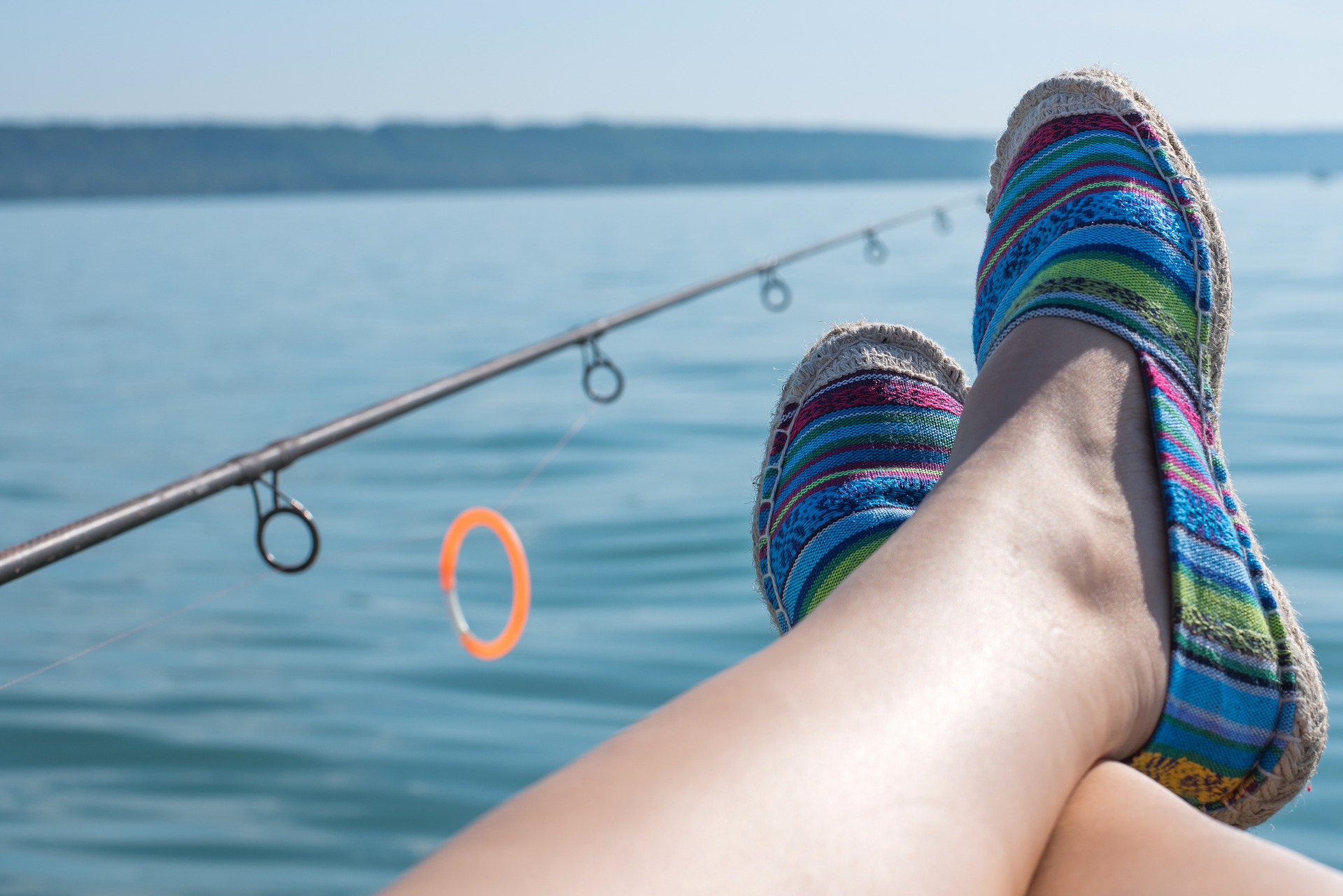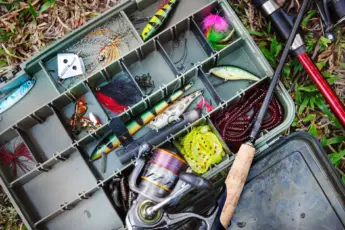Fishing is a popular sport in Georgia, South Carolina, and North Carolina. Anglers have the opportunity to fish fresh and saltwater for a multitude of species. Fishing reels are affixed to fishing rods, and the rods are fitted with eyes. Rod eyes play a crucial role in guiding the line from the reel to the top of the rod. Fishing rod eyes, otherwise known as guides, are fragile and must be handled with care when transporting and fishing. Here is what you need to know about fishing rod eyes.
What Are The Eyes On A Fishing Rod Called
There are numerous terms when it comes to the round rings mounted to fishing rod blanks.
One of the most notable names to the round rings are guides but are also termed eyelets or eyes. Eyes are single or double-footed. Double footed guides connect at two points to the blank compared to single footed at one point.
How Many Eyes Should A Fishing Rod Have
The size and quantity of eyes mounted on fishing rods varies based on the length of the rod, the type of reel mounted on the rod, and the style of fishing.
Spinning rods are fitted with between four and 8 large eyes depending on the length. The guides are wider in diameter to allow the line to flow off or feed freely onto the reel based on the rotation of the spinner compared to other fishing reels. The spinning reels are fitted with rear or front drag control knobs.
Trolling, conventional, bait casters, and level winds rod and reel combinations position guides on the top of the rod compared to the bottom. When guides are positioned on the top of the rod, additional eyes are necessary to prevent the line from coming in contact with the rod blank.
In addition to the increased number of eyes, the guides are significantly smaller when compared to those fitted on spinning reel rods.
What Are Fishing Rod Eyes Made From
The eyes of fishing rods must be designed smoothly for many purposes. Here are the materials and reasons why rod eyes are designed smoothly.
Rod eyes are primarily composed of ceramics or aluminum oxide when it comes to materials. The guides of a fishing rod cannot contain sharp edges and must limit friction due to drag.
The guide’s purpose is to direct the fishing line from the reel to the end of the fishing rod. Line must pass inward and outward depending on casting, fighting a fish, and retrieving lures or bait. While making the journey along the length of the rod, the line must not become frayed by sharp edges or heat by making contact with abrasive eyes.
When the line passes through damaged eyes, the anglers risk the line from parting due to cuts from sharp edges. Sharp edges result in losing fish and fishing lures. Run a finger around the ceramic or aluminum oxide eyes to test for damage. When damage is noticed, bring the rod in for repair.
When replacing fishing rod guides to improve castability and fighting power, purchase high quality eyes. Check out this multi-pack to suit all of the rods in your arsenal.
Are More Guides Better On A Fishing Pole
Rods vary in the number of guides positioned along the rod’s blank. The number of eyes does impact the performance of the fishing rod.
Fighting Power
A rod fitted with more compared to fewer eyes allows the application of pressure equally among the entire length of the blank. When fighting a fish, the intention is to turn the fish towards the angler allowing for the upper hand in the battle. Equal pressure allows more fighting to accomplish turning and landing the fish.
Sensitivity
A second key component is sensitivity. We, as anglers, never want to miss a bite. An increased number of guides allows the slightest nibble of a fish to be detected where the fisher holds the rod and reel.
Casting Distance
With an increased number of high-quality guides installed on the blank, the line flows evenly from the reel to the tip. The straight path and minimal resistance allow the anglers to achieve longer casting distances. Rod blanks fitted with fewer guides combined with damage-causing friction reduce casting distance.
Fishing Rod Eyes Are Important For Casting and Fighting Fish
When purchasing a rod or rod and reel combination, buy only those fitted with high-quality guides. Despite being small, the eyes serve an essential purpose. Lastly, remember to take caution when handling rods to avoid damaging the eyes by bending, breaking, or disturbing the inner rings where the line makes contact.






